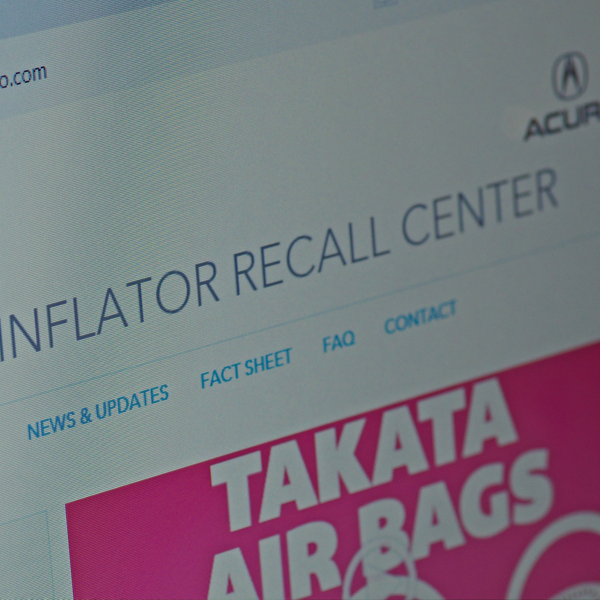Rapid recall: getting unsafe products off the market quickly
Product recalls are an important way to remove unsafe products from the marketplace and prevent injury and death. This year the OECD and the International Standards Organisation will be looking at how recalls can be delivered more effectively to ensure consumers are better protected.

The right to safety is a key consumer right and for many consumer organisations, product safety was the issue that led to their creation or made them into a well-known household name. However, despite real progress in improving product safety, challenges remain. The issue is rising up the agenda again as a result of unresolved issues and new challenges such as globalised supply chains and markets and new technology.
The primary aim of product safety is to ensure that all products that come to the market are safe, however even with the best will this is unlikely to be possible. This is why product recalls will always have a vital role to play in keeping consumers safe.
Yet, when we asked our international membership about this, a clear majority felt that product recalls were infrequent compared to the number of product safety issues and, when they do take place they are often poorly promoted. Where responses have been measured there is also evidence that recalls only result in a relatively small number of products being returned.
Behavioural insights
The low response rate to some recalls can lead to debates about behavioural insights and ‘rational’ behaviour. The positive aspect of this discussion is that it focuses on consumers as active participants in a recall – not just passive recipients of information, but the descriptions of ‘rational’ and ‘irrational’ behaviour that are sometimes part of this debate can be unhelpful and suggest that it is the consumers fault for not responding.
The fact is that many consumers lead busy lives and are bombarded with hundreds of messages every day including news, advice and marketing. In this context it is understandable if consumers miss important information or struggle to respond to information. This is particularly true if the information is not communicated clearly and if participating in the recall is time consuming and difficult.
So what can be done to make product recalls more effective?
Getting the message to consumers
The first step is to ensure consumers receive the information about the recall. There are many ways to ensure consumers are informed, from traditional media such as television and newspaper adverts to social media and direct messaging. However, despite the low cost and wide reach of newer forms of communication, traditional channels should not be neglected as consumers themselves use a variety of media.
Social media offers a good way to reach both consumers, and media outlets who can share the information more widely. It also has the added benefit of enabling a conversation with consumers who may be experiencing problems, returning products or have questions about the recall.
If the product is connected to the internet, companies can send notifications directly to the consumer through the product itself or ultimately stop the product functioning completely. This was the case in 2016 when Samsung’s Galaxy Note 7 hit the headlines after cases of phones catching fire and even exploding. Under serious pressure from consumer organisations, media and regulators, Samsung used a combination of the measures mentioned above to achieve a 97% recall rate in the US and a 96% recall rate from global customers.
Registration of larger products can also help to ensure that consumers receive safety information or recall notices, but if consumers are not to be put off from registering, it must be an easy process. And consumers need to be absolutely clear that their contact details will only be used for this purpose and not for marketing from the company or third parties.


Clear messaging
The next step is to ensure that the message is clear and engaging. Several members felt that current recalls are often too long, vague and unclear. But this isn’t to say that there are no good examples to follow. In one case involving TAKATA airbags, recall rates increased from 30% to 60% in a six-month period when the language was made clearer and new images were used.
Make it easy and worthwhile
Making a recall effective is not just about getting the information right.
Companies also need to ensure that it is as easy as possible for consumers to take part by providing local pick up points and free collection, free post addresses and toll-free numbers for questions. It should also be made clear that consumers will receive a full refund or replacement within a specified time.
In addition, consumers should be offered compensation for the inconvenience that is caused by participating in even the easiest recall.
Ultimately companies must challenge themselves to put consumers’ needs first, to learn from previous mistakes and build on the best practice examples available. Authorities will also have to provide the resources to support companies with information about what works, and the powers to monitor recalls and intervene if they aren’t adequately serving the consumers they seek to protect.
Consumers International will be contributing to the work at the OECD and ISO to make product recalls as effective as possible.

